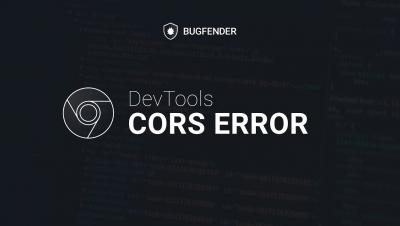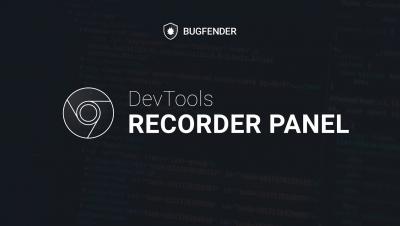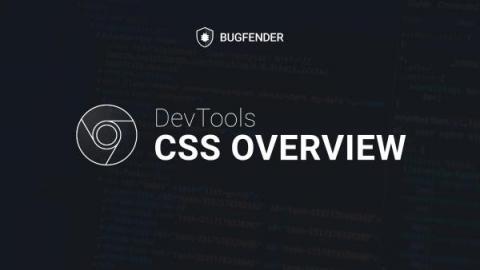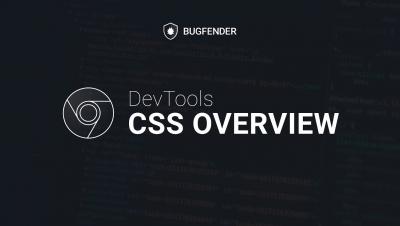Google Chrome Developer Tools - Part 3
This is the last part of the Google Chrome Developer tools article. In this post we will share show you more of the new Developers Tools that Google has added to Chrome. Remember that Google Chrome Dev Tools is a set of powerful tools that help developers to build better webs. If you haven’t done it yet, you can read the first article of the series and the second one.











